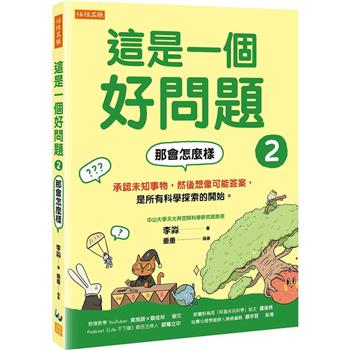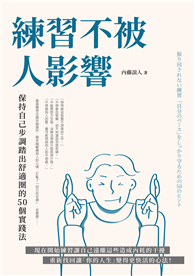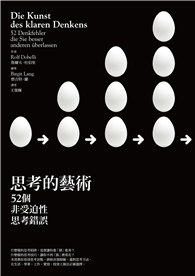There is a growing need for food production through sustainable cultivation practices, without reducing crop yield and producer income, due to increased environmental pollution and the gradual degradation of cultivated soils. Various compounds with bioactive properties can be utilized as biostimulants to boost plant growth and development under normal and stressful conditions. So far, six distinct categories of biostimulants have been recognized, including the following: microbial inoculants; humic substances, such as humic and fulvic acids; protein hydrolysates and amino acids; biopolymers; inorganic compounds; and seaweed extracts. All of the above are commercially available and have wide agricultural applications. The most important biostimulant effects on crops are the acceleration of crop establishment, improvements in nutrient uptake, nutrient use efficiency, seed germination, root development, crop performance, and visual quality of the final products, the induction of tolerance to biotic and abiotic stressors, the increase in perishable products’ shelf life, nutrient leaching reduction, the removal of heavy metals from contaminated soils, the stimulation of the plant immune system, and the induction of plant defensive biomolecules’ biosynthesis. Different classification approaches have been suggested so far, based on either the origin of each biostimulant, such as biological vs. non-biological and microbial vs. non-microbial, or the mode of action, dividing biostimulants into phytohormonal and non-phytohormonal ones.
| FindBook |
|
有 1 項符合
plant biostimulants in sustainable horticulture and agriculture: development, function, and applications的圖書 |
 |
$ 3900 | Plant Biostimulants in Sustainable Horticulture and Agriculture: Development, Function, and Applications
出版社:Mdpi AG 出版日期:2024-10-22 語言:英文 規格:精裝 / 212頁 / 24.41 x 16.99 x 1.75 cm / 普通級/ 初版  看圖書介紹 看圖書介紹
|
|
|
圖書介紹 - 資料來源:博客來 評分:
圖書名稱:Plant Biostimulants in Sustainable Horticulture and Agriculture: Development, Function, and Applications
|











